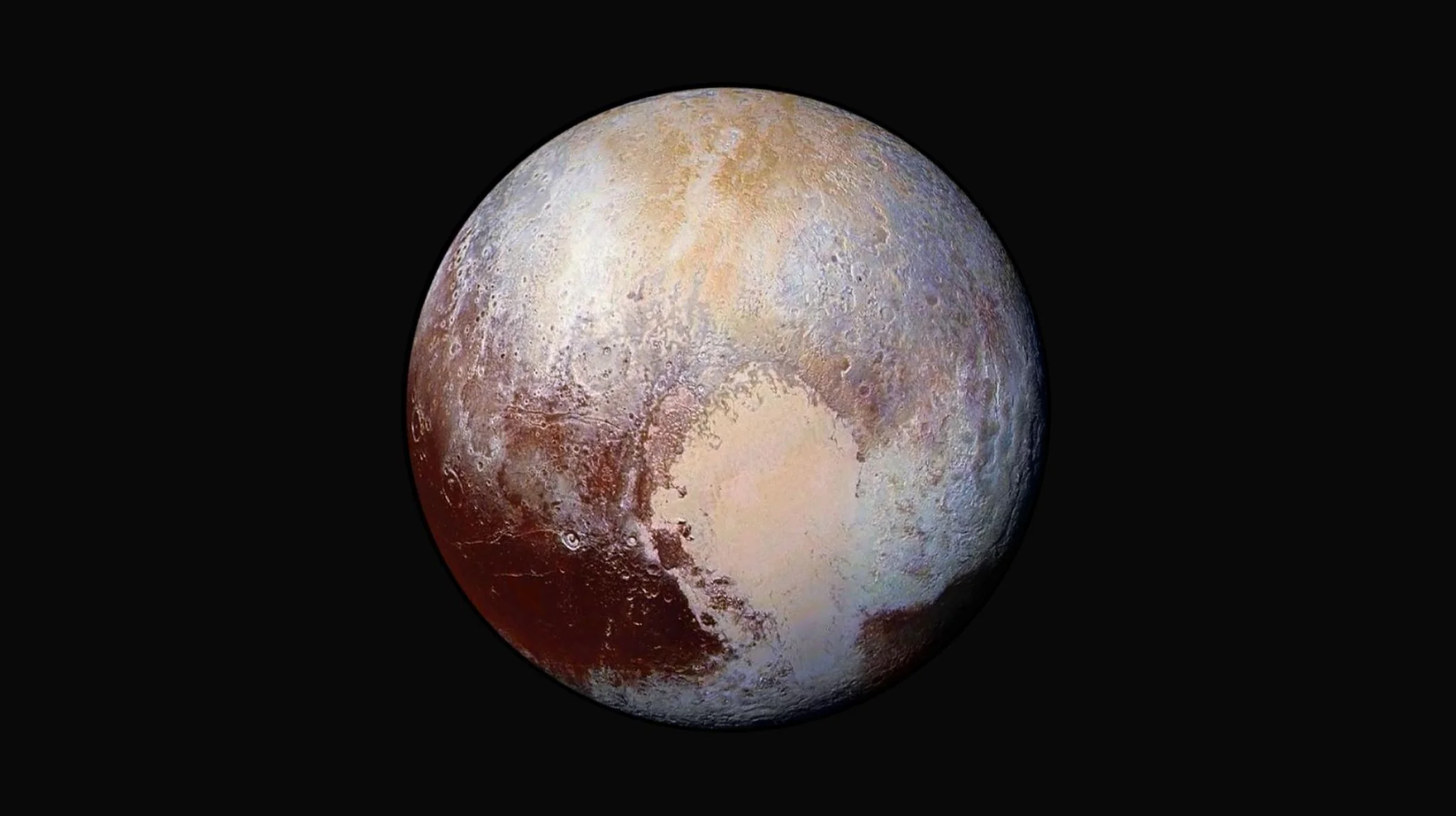The news isn’t good, but an estimated 80 individuals survive in the wilds of Indonesia – not a great number, but marginally better than the Javan rhino which may be as few as 58
How do blind people learn what animals look like?
Five ethical questions for how we choose to use the Moon
Curiosity has Found the Mother Lode of Clay on the Surface of Mars
This is Where Mars 2020 Rover is Heading. From this Picture, I Think You Can Guess Why
NASA's Spitzer Captures Stellar Family Portrait
Why do Some Hubble Images Have That Chunk Taken Out of the Corner?
‘Unearthly’ factors move the sand on Mars
How long has gravity existed?
Three Ways to Travel at (Nearly) the Speed of Light
One hundred years ago today, on May 29, 1919, measurements of a solar eclipse offered verification for Einstein’s theory of general relativity. Even before that, Einstein had developed the theory of special relativity, which revolutionized the way we understand light. To this day, it provides guidance on understanding how particles move through space — a key area of research to keep spacecraft and astronauts safe from radiation.
How long can humans live?
18 (Yes, 18) New Earth-sized Exoplanets have been Found in Kepler’s Data!
New layers of water ice have been found beneath Mars’ North Pole
One of the most profound similarities between Earth and Mars, one which makes it a popular target for research and exploration, is the presence of water ice on its surface (mainly in the form of its polar ice caps). But perhaps even more interesting is the presence of glaciers beneath the surface, which is something scientists have speculated about long before their presence was confirmed.
Curious Kids: Are humans going to evolve again?
Theory proposes that Venus could have been habitable, but a large ocean slowed down its rotation, killing it
There’s no sense in sugar-coating it – Venus is a hellish place! It is the hottest planet in the Solar System, with atmospheric temperatures that are hot enough to melt lead. The air is also a toxic plume, composed predominantly of carbon dioxide and sulfuric acid rain clouds. And yet, scientists theorize that Venus was once a much different place, with a cooler atmosphere and liquid oceans on its surface.
Star formation in molecular clouds is fast but extremely inefficient
Star formation in molecular clouds occurs at a high pace but in an extremely inefficient manner. Most gas is quickly dispersed by the radiation from newborn stars. A team led by Dutch astronomer Diederik Kruijssen (University of Heidelberg, Germany) will publish this result tomorrow in the journal Nature.













